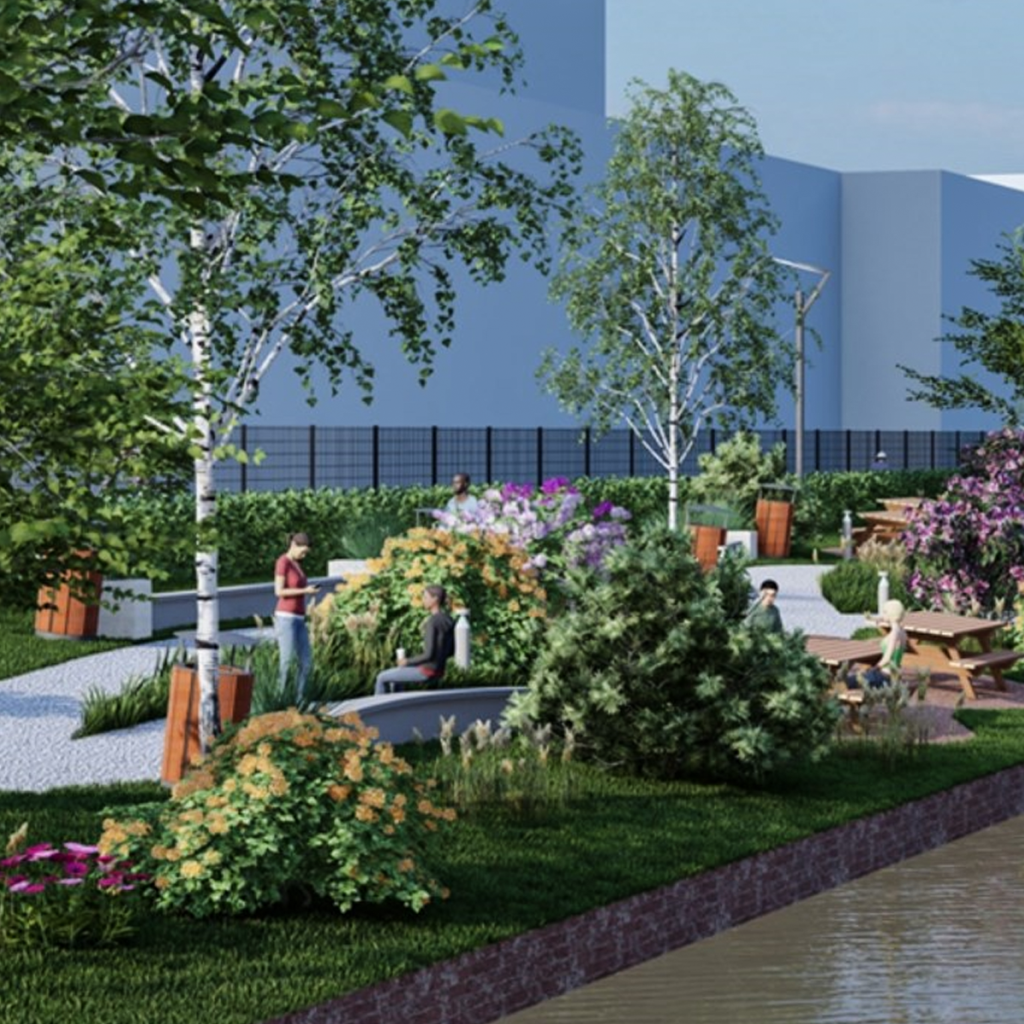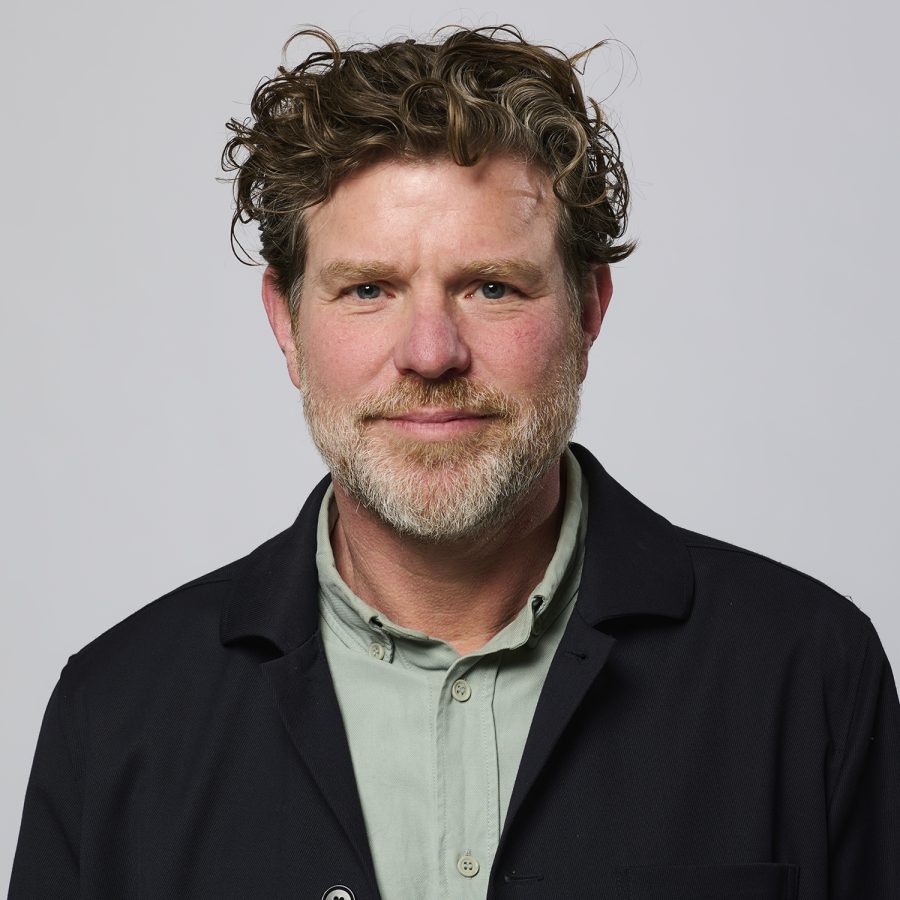Greening of business parks
Greening of business parks
Only one percent of the total area occupied by business parks is green space, while greening offers many benefits. But how can you finance this in a smart way? The pilot project at the ZKD business park in The Hague demonstrates that promoting the benefits of green space and uniting entrepreneurs makes greening a feasible proposition.

The challenge
There are approximately 3,800 business parks in the Netherlands, that have always been designed primarily for low-cost business premises. Over time, many of these areas have fallen into obscurity. While the need for business premises has not abated, investment in business park development often has. As a consequence, these sites are often sombre and unattractive. Greening offers a significant solution to the challenges that business parks typically face. In addition to the positive impact on flora and fauna, green spaces also help to prevent flooding and contribute to a safe and attractive environment. Having a good understanding of the benefits and costs can help to get greening under way.
A major reason for the lag in greening is a lack of familiarity with the benefits of green spaces. Entrepreneurs are often not aware of the added value that greening offers. Green spaces are viewed either as a cost or the responsibility of the municipality. It is also unclear who ultimately benefits from greening. For business owners who are dealing with their own operations on a daily basis, investing in green spaces may seem unattractive. In addition, even if they are willing to invest, it is often difficult to get the greening process organised, because business parks are typically fragmented when it comes to interests and ownership. The bottom line, therefore, is that business parks often remain grey.
The Approach
Rebel is rising to the challenge of overcoming these hurdles. An example is the ZKD business park in The Hague – a perfect test case because despite its size (around 8,000 people work there), it is a fairly typical business park.
The first step is to understand the benefits of greening, and an essential part of this is to understand who ultimately benefits. Rebel designed a dashboard that gives a clear overview of these benefit flows. One remarkable initial finding is that the benefits are more than one and a half times greater than the investments. And that’s without taking into account the benefits for biodiversity, for example. Preventing water damage contributes the largest portion of the benefits. In this respect, green spaces therefore replace the function of the sewage system.
This means that redirecting budget for grey infrastructure to green infrastructure could provide a solution. In addition, green space has a proven positive effect on safety. Another option is to use the public space management budget for green space management. This provides multiple benefits at one stroke: less flooding, a green environment, enhanced safety and improved management, without ‘grey’ investments being required.
Rebel then devised an approach to ensure that all parties would share the same goal. The first step was to unite the property owners under an association. The parties then formulated a joint ‘Green Deal’ with goals in the areas of sustainability, energy transition and greening. The final step was the presentation of the plans.
Impact
The presentation of the dashboard appeared to increase entrepreneurs' enthusiasm about greening.


